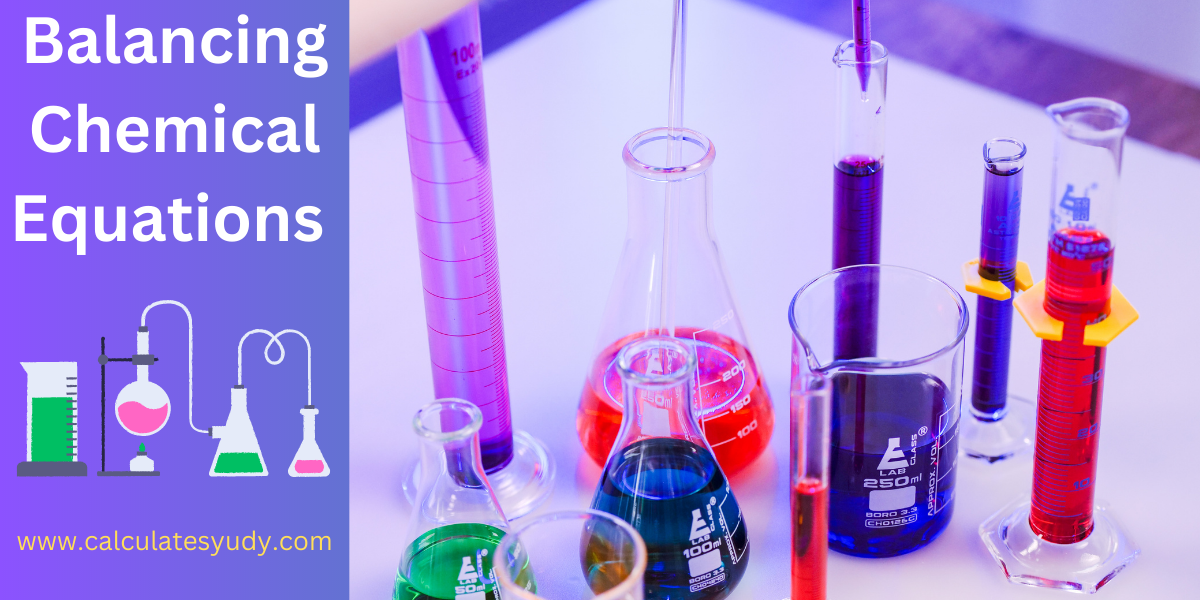Chemistry Yield and Its Different Types: A Comprehensive Guide.
In the realm of chemistry, yield is a fundamental concept that plays a pivotal role in various processes, from laboratory experiments to industrial productions. Understanding yield and its diverse types is crucial for chemists and researchers striving to optimize reactions and achieve efficient results.
Introduction:
Chemistry, often hailed as the "central science," is characterized by its myriad reactions and transformations. One critical aspect of these reactions is yield, a measure that reflects the efficiency and success of a chemical process. Yield holds the key to unlocking optimal conditions and enhancing the productivity of various chemical endeavors.
Defining Chemistry Yield:
Yield, in the context of chemistry, refers to the quantity of desired product obtained from a chemical reaction. It quantifies the success of a reaction by indicating how much product was actually obtained compared to the theoretically calculated amount. Expressing yield as a percentage provides a clear picture of the reaction's efficiency.
Importance of Yield in Chemistry:
The significance of yield extends beyond a mere numerical value. It provides chemists with insights into reaction efficiency, purity of the product, and the overall success of an experiment. By assessing yield, chemists can fine-tune reaction conditions, identify sources of inefficiency, and work towards higher-quality outputs.
Types of Yield:
1-Actual Yield
Actual yield refers to the quantity of the desired product that is obtained in a real-world experiment. It is the actual measurable outcome, which can deviate from the expected theoretical yield due to various factors.
2-Theoretical Yield
Theoretical yield, on the other hand, is the calculated amount of product that should ideally be obtained based on stoichiometric calculations. It provides a theoretical benchmark for evaluating the efficiency of a reaction.
3-Percentage Yield
Percentage yield is a crucial metric that relates the actual yield to the theoretical yield, expressed as a percentage. It indicates the extent to which a reaction is successful in converting reactants into products.
You can simply calculate percent yield online with the help of a percentage yield calculator without putting in a lot of effort or time-consuming manual computations.
4-Cumulative Yield
Cumulative yield takes into account the yield from multiple reaction steps or runs, providing an overall measure of productivity across a series of processes.
5-Instantaneous Yield
Instantaneous yield refers to the yield measured at a specific point in time during a continuous process. It offers insights into the reaction's progress over time.
6-Batch Yield
Batch yield assesses the quantity of product obtained in a single run or batch of reactions. It is particularly relevant in industries that produce chemicals in discrete batches.
7-Continuous Yield
Continuous yield pertains to processes that operate continuously, such as in continuous flow reactors. It focuses on the steady-state yield achieved over extended periods.
8-Gross Yield
Gross yield encompasses all products obtained from a reaction, including the desired product as well as any byproducts or impurities.
9-Net Yield
Net yield, in contrast, considers only the yield of the desired product, excluding impurities and byproducts.
10-Economic Yield
Economic yield takes into account not only the quantity of the product but also the associated costs, providing insights into the financial viability of a reaction.
Factors Affecting Yield :
Several factors influence the yield of a chemical reaction, including reactant purity, reaction conditions (temperature, pressure, concentration), catalysts, and the efficiency of separation and purification methods.
Methods to Improve Yield:
Enhancing yield requires a combination of meticulous experimental design, optimization of reaction conditions, and efficient purification techniques. Chemists can also explore alternative pathways and catalysts to maximize product formation.
Conclusion:
In the intricate realm of chemistry, yield stands as a cornerstone of success. Its multifaceted types provide chemists with valuable insights into reaction efficiency, product quality, and process optimization. By mastering the nuances of yield and its various forms, researchers empower themselves to navigate the complex landscape of chemical transformations and unlock a world of possibilities.
As you embark on your own chemical endeavors, remember that yield is not merely a numerical outcome; it is a reflection of your mastery over reactions and your journey towards scientific excellence....
On this website, you may find a tonne of different online calculators, formulas, and Blogs in a variety of categories. These resources will aid in your practice and learning. Happy Learning & Practice!
Embark on a journey through the intricate domain of chemistry as we delve into the realm of yield and its various types.



.png)

Leave A Comment